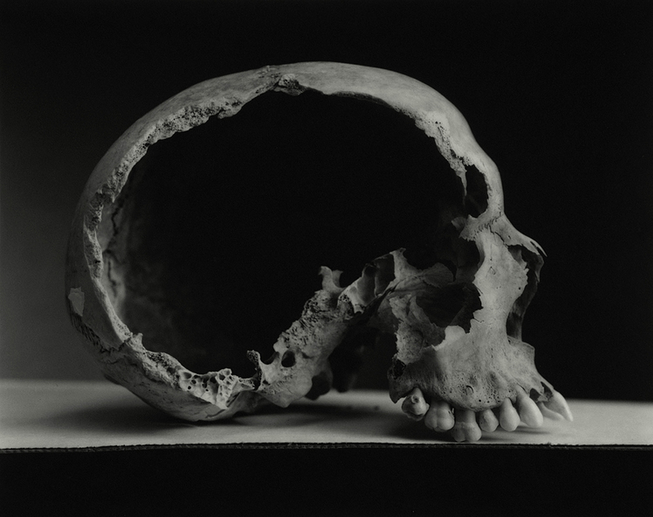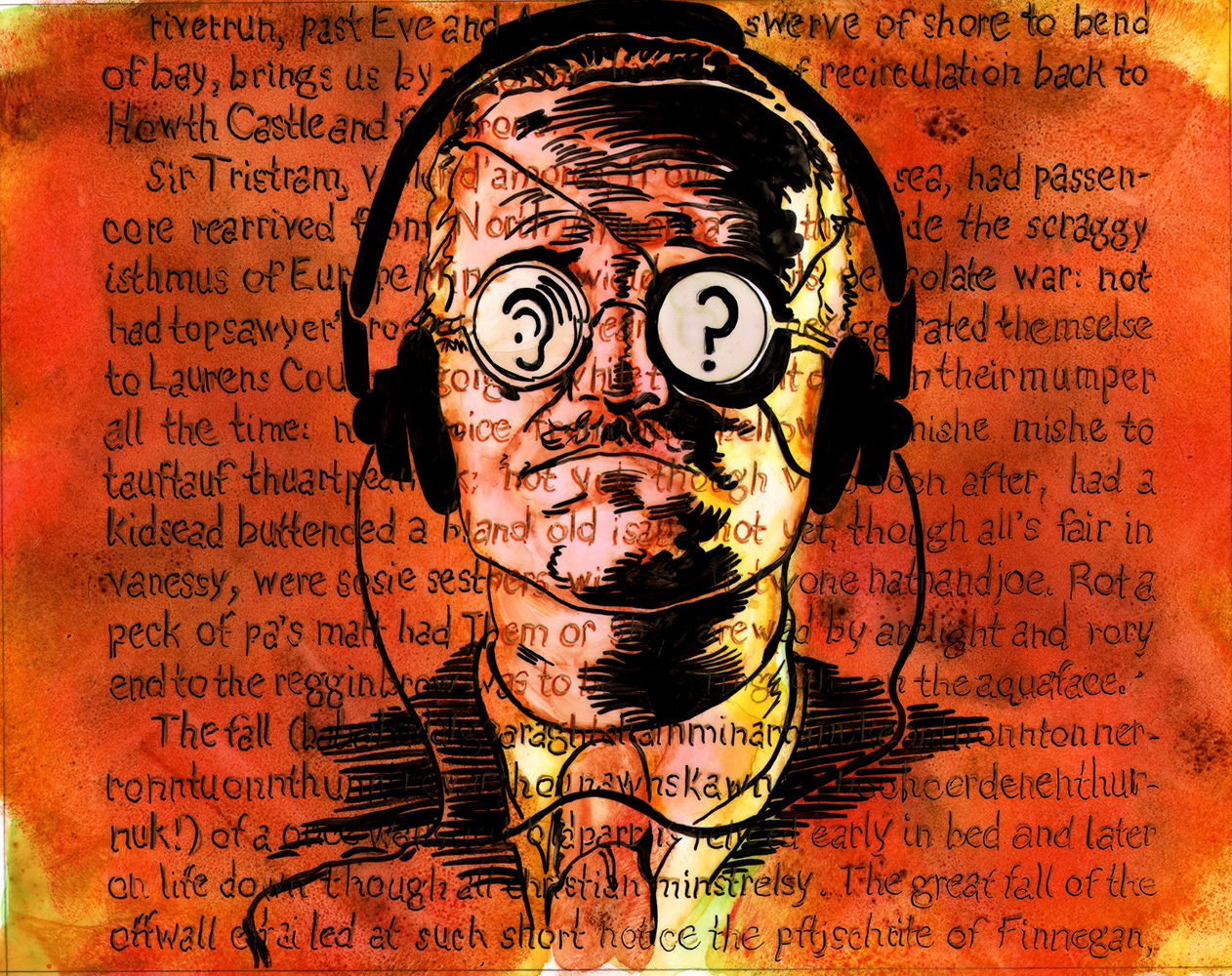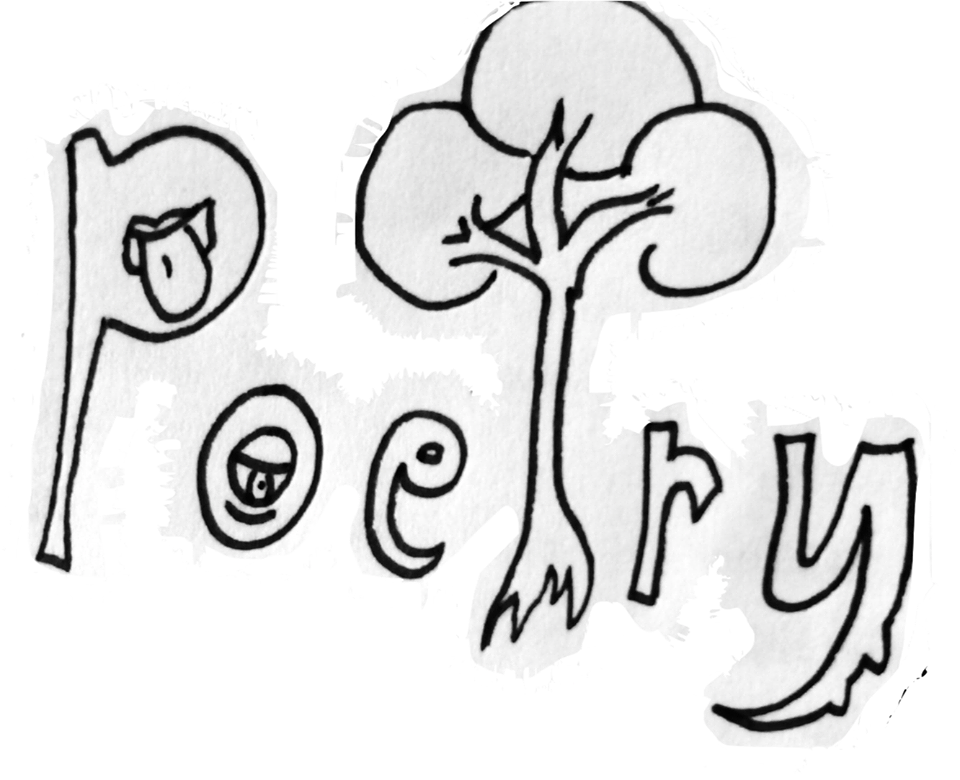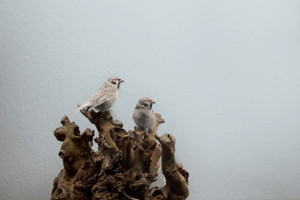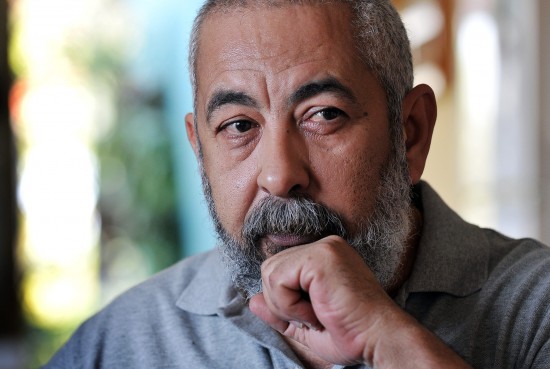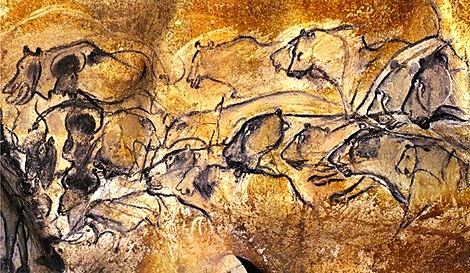Looking at the work of Andrea Modica, professor of photography at Drexel University and recent recipient of the 2015 Knight Purchase Award for Photographic Media, is a bit like reading a poem for the first time in translation. Engaging with her images, I am struck by the knowledge that I carry my own culture alongside my language, and that my language brings me to my experience of Modica’s photography.
This is to say that what results is a harmonious coexistence of estrangement and intimacy with the image. It’s widely understood that you can never really read the same poem in translation. Many believe visual art (and specifically photography) is different from language, that it is somehow less culturally contingent, or even a container for a sort of singular, “universal” meaning.
But Modica’s work is particularly poetic in that it boldly questions such oversimplifications, drawing attention to the language systems that inform our diverse understandings of images. In one black-and-white photograph, a distinctive silhouette emerges from behind a long, pale curtain, both defined and obscured by its paper or canvas-like veiling. To the viewer, the semiotics of this shadow, with its distinct black and white contours, constitutes a horse. READ MORE…

